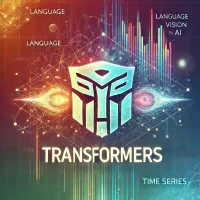The Power of Learning Rates in Deep Learning and Why Schedules Matter – Day 42
The Power of Learning Rates in Deep Learning and Why Schedules Matter In deep learning, one of the most critical yet often overlooked hyperparameters is the learning rate. It dictates how quickly a model updates its parameters during training, and finding the right learning rate can make the difference between a highly effective model and one that never converges. This post delves into the intricacies of learning rates, their sensitivity, and how to fine-tune training using learning rate schedules. Why is Learning Rate Important? The learning rate controls the size of the step the optimizer takes when adjusting model parameters...



